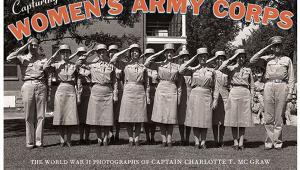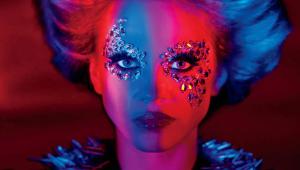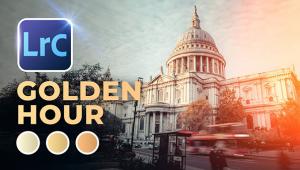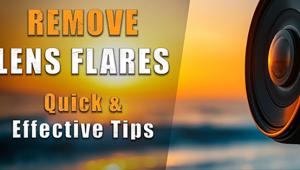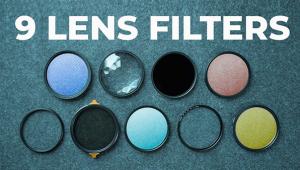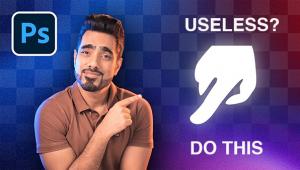Top Digital Books Of 2007; More & Better Digital Imaging Books Page 5
Adobe Photoshop Lightroom Workflow; by Tim Grey; Sybex; 207
pages; $39.99; (ISBN: 978-0-470-11919-8)
Tim Grey's companion volume to the above book has fewer pages and no CD
yet the sticker price is the same. Perhaps Amazon.com will offer a good discount
or free shipping because it would be a mistake for Lightroom users to overlook
this fine volume. While screen shots are clearly aimed at Windows users I hope
die-hard Mac heads will overlook that and jump into what is an ideal first book
for Lightroom users. It shows how to set up the program to match your work style
and workflow. You'll also learn how to configure the Grid, Loupe, and
Library mode to maximize your productivity, which as I understand it is what
Lightroom is supposed to be all about.
 |
How to Cheat in Photoshop CS3; by Steve Caplin; Focal Press;
416 pages; $39.95 with DVD; (ISBN: 978-0-240-52062-9)
Subtitled "The Art of Creating Photorealistic Montages," Steve Caplin's
book never takes itself seriously while at the same time providing lots of information
per ounce (it weighs more than 2 lbs). Focal Press does the trend of including
a CD with book one better by including a DVD with two hours of tutorials and
300 high-res images. Most of the tutorials are spread over two easily digestible
and well designed pages and the production values for this book are high. Similarly,
the information content is brimming with easy-to-follow instructions on compositing
creative effects that are fun, useful, and sometimes just plain silly, as in
"Combining Body Parts" between a man and a bikini-clad woman.
 |
The Photoshop Elements 5 Restoration & Retouching Book;
by Matt Kloskowski; Peachpit Press; 320 pages; $34.99; (ISBN: 0-321-48165-8)
As Photoshop morphs into the Jabba the Hutt of digital imaging software, Elements
is coming out of that behemoth's shadow and this book shows that for many
uses, and users, it's all the software they really need. Aimed at Windows
users, the Mac OS version seems always to lag behind and is not as comprehensive
anyway. While slightly overpriced, The Photoshop Elements 5 Restoration &
Retouching Book is the very model of what a how-to book should be. Crisp text
illuminated by real-world examples in easy-to-follow tutorials make this book
a must-have for Elements users. If you're not using Photoshop Elements
but instead some $29 wannabe this will show you why you should. As I write this,
rumors of a Photoshop Elements 6 abound, so can a new version of the book be
around the corner?
 |
The Adobe Photoshop CS3 Book for Digital Photographers; by
Scott Kelby; New Riders; 496 pages; $49.99; (ISBN: 0-321-50191-8)
Scott Kelby's name on a Photoshop book is like the Dodge brand on the
front of a pickup truck. You know it's built RAM--or pixel--tough.
Combining his famous twisted wit with unwaveringly straight tutorials, Kelby
takes you through a detailed tour of Photoshop CS3 by showing how to use the
new features. No fluff; just page after page of well-illustrated tutorials showing
photographers how to get the most out of the new features, commands, and effects
found in the latest version of Adobe's flagship. It will get you up to
speed on CS3's new features faster than you can all by yourself.
 |
Shameless Commerce Division
Shutterbug's writers were not as busy this year as last but I would be
remiss if they were not included here. George Schaub penned Hands-On
Digital Photography (Amphoto Books; ISBN: 0-8174-3491-7), an introduction
to digital imaging that hits all the proper hot buttons and is illustrated with
lots of big beautiful images wrapped around Amphoto's traditional design
paradigm. While this is a big topic, Schaub approaches it in a straightforward
manner, serving it up in palatable tidbits of knowledge that will help the new
digital imager find their way down the yellow pixel road.
 |
Jack Neubart completed Photographer's Exposure Handbook (Amphoto Books; ISBN: 0-8174-5908-1) that I was able to read in galley form so I can't comment on production values, but I can plainly see that Neubart's text and illustrations address the basics from creative camera modes to using flash to produce the best possible image exposures. I think this is the best book Neubart has ever written and look forward to putting a real copy on my shelf when it appears in print.
 |
- Log in or register to post comments



